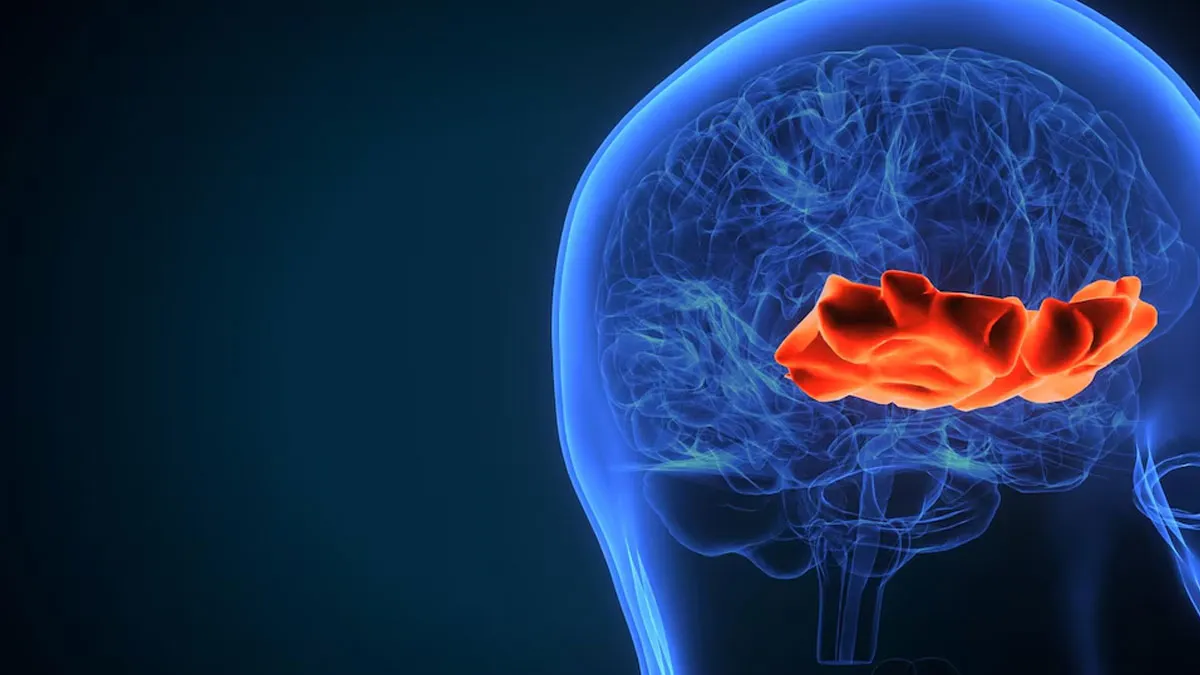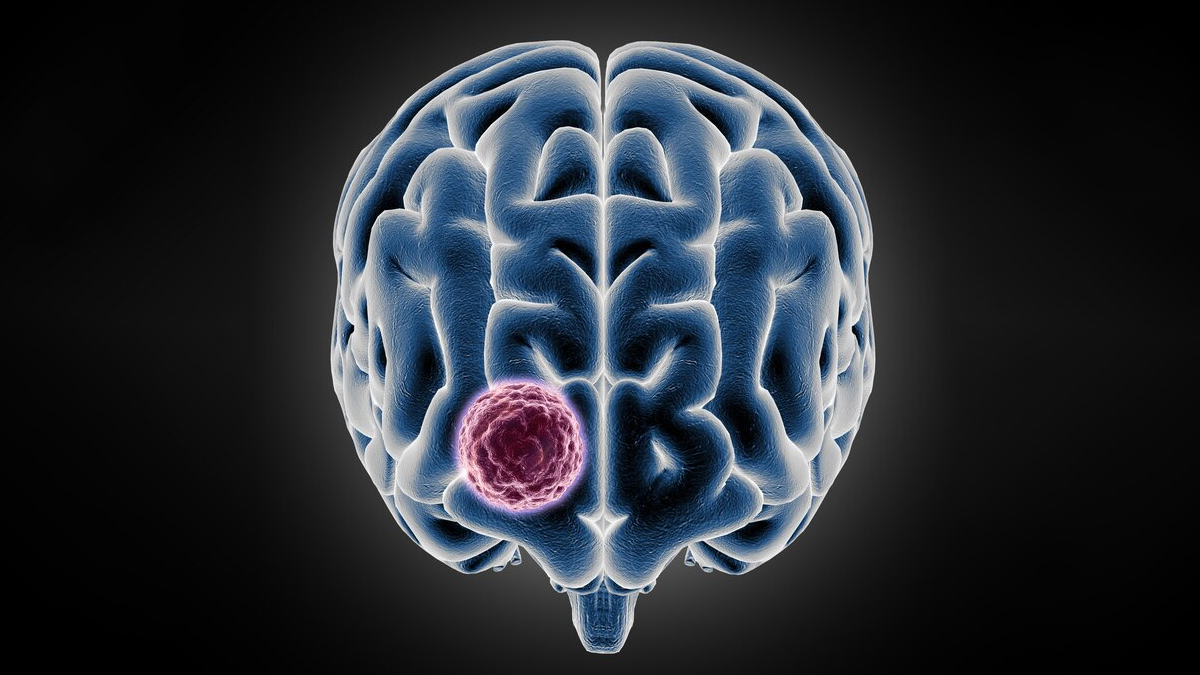
Endometriosis is often associated with painful periods and discomfort centred in the pelvis, but what happens when this condition takes an unexpected turn? One such rare occurrence is cerebral endometriosis, where endometrial tissue grows in the brain. Though uncommon, this condition sheds light on the unpredictable nature of endometriosis and its potential to affect the body far beyond the reproductive system. To understand this rare condition better, we spoke to Dr Shelly Singh, Director of Obstetrics and Gynaecology, Fortis La Femme, New Delhi, who provided insights into its symptoms, causes, and treatment options.
Table of Content:-
What is Cerebral Endometriosis?

“Under normal circumstances, the endometrial tissue lines the uterus, shedding during menstruation. However, in endometriosis, this tissue appears outside the uterus, commonly affecting the ovaries, fallopian tubes, bladder, or rectum. It can sometimes migrate beyond the pelvic region to places like the lungs, and diaphragm, or in rare cases, it can affect the brain,” explained Dr Singh.
Cerebral endometriosis occurs when endometrial tissue somehow finds its way to the brain, igniting inflammation and causing symptoms similar to other forms of the disease. This rare condition underscores the unpredictable nature of endometriosis and its ability to disrupt normal bodily functions. According to a 2022 study, cerebral endometriosis may contribute to the development and progression of psychiatric conditions in individuals with endometriosis.
Also Read: Surgery vs Medical Management: How To Tackle Endometriosis Without Hysterectomy
How Does Endometrial Tissue Migrate to the Brain?

“The exact mechanism is not known, however, it can travel via the blood or lymphatic system from the uterus to the brain. These cells ignite inflammation in the brain just as the regular endometriosis does in other sites like the pelvis,” said Dr Singh. They may lead to chocolate cysts, fluid-filled sacs containing old blood in the brain tissue. This inflammatory response can lead to neurological and psychiatric symptoms that significantly impact quality of life.
A 2023 study conducted on mice examined the impact of endometriosis on the brain. It was found that endometriosis caused changes in the size of brain cells called microglia in various brain regions.
Symptoms of Cerebral Endometriosis
Cerebral endometriosis can present a wide array of symptoms, both neurological and psychiatric, often mimicking other conditions. Recognising these symptoms is critical for early diagnosis and management. Dr Singh listed its symptoms as follows:

Neurological Symptoms
- Headaches: Often linked to the menstrual cycle, these headaches can range from mild to debilitating.
- Seizures: Episodes of abnormal brain activity can occur, sometimes resembling epilepsy.
- Weakness in the Limbs: Difficulty moving arms or legs may develop over time.
- Sensory Disturbances: These can include numbness, tingling, or unusual sensations.
- Paralysis: Severe cases can result in partial or complete paralysis.
- Memory Loss: Cognitive issues may arise, affecting the ability to recall information.
- Gait Problems: Difficulty walking or maintaining balance is another common complaint.
Psychiatric Symptoms
- Depression: Feelings of sadness, hopelessness, or disinterest in daily activities.
- Anxiety: Persistent worry or nervousness, often unrelated to specific triggers.
- Bipolar Disorder: Alternating episodes of extreme highs and lows.
- Mood Swings: Sudden and unpredictable changes in emotional states.
Behavioural Changes
Alterations in personality, social interactions, or coping mechanisms
These symptoms often overlap with other neurological and psychiatric disorders, making cerebral endometriosis particularly difficult to diagnose.
Also Read: Bowel Endometriosis: What Is It And How Does It Impact Digestive Health?
Diagnosis of Cerebral Endometriosis
This is extremely challenging due to its rarity and because it can be confused with other neurological and psychiatric conditions. Diagnostic Steps Include:

- Comprehensive Clinical Evaluation: A detailed history of symptoms and existing medical conditions is crucial.
- Imaging Techniques: Magnetic Resonance Imaging (MRI) and Computed Tomography (CT) scans can help identify abnormalities in the brain.
- Correlation with Pelvic Endometriosis: Identifying a link between typical endometriosis and neurological symptoms can guide the diagnostic process.
Treatment of Cerebral Endometriosis
“Treating cerebral endometriosis is complex and involves a combination of medical, surgical, and supportive interventions. A complete cure is often not possible due to the chronic and progressive nature of the disease, but symptoms can be managed effectively, said Dr Singh.
Medical Treatments

- Hormonal Therapy: Progesterone-based treatments can help suppress the activity of endometrial tissue.
- Pain Management: Nonsteroidal Anti-Inflammatory Drugs (NSAIDs) and other pain relievers are commonly prescribed.
- Antiseizure Medications: These can manage seizure-related symptoms.
Surgical Interventions
In some cases, surgery may be required to remove endometrial lesions from the brain. This is a delicate procedure that requires careful planning and execution by a neurosurgeon.
Alternative Therapies
- Acupuncture: It may relieve some patients by reducing pain and improving overall well-being.
- Cognitive Behavioral Therapy (CBT): Can help manage psychiatric symptoms like anxiety and depression.
The Role of Support
“Living with cerebral endometriosis can be overwhelming. Patients benefit from a supportive network of healthcare providers, friends, and family members. This circle of care is essential for alleviating the physical and emotional burden of the condition,” concluded Dr Singh.
[Disclaimer: This article contains information provided by an expert and is for informational purposes only. Hence, we advise you to consult your professional if you are dealing with any health issues to avoid complications.]
Also watch this video
How we keep this article up to date:
We work with experts and keep a close eye on the latest in health and wellness. Whenever there is a new research or helpful information, we update our articles with accurate and useful advice.
Current Version